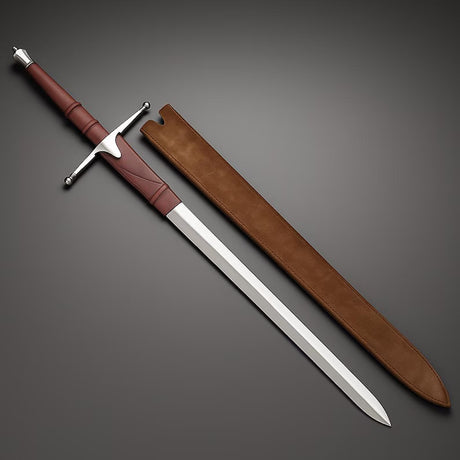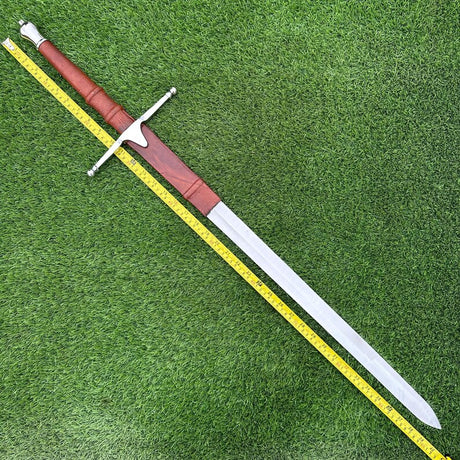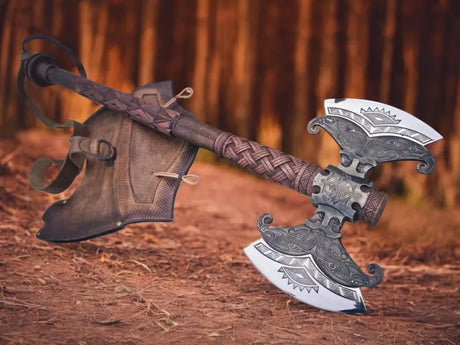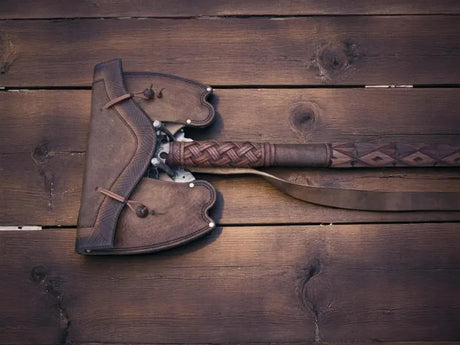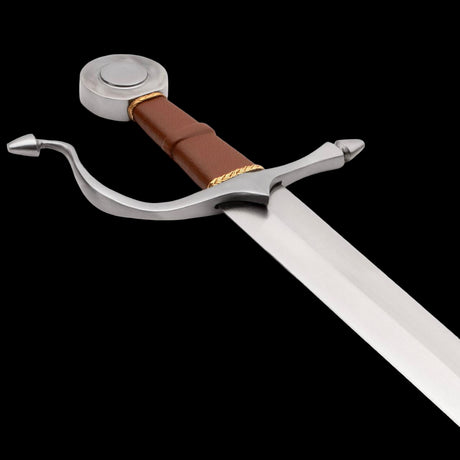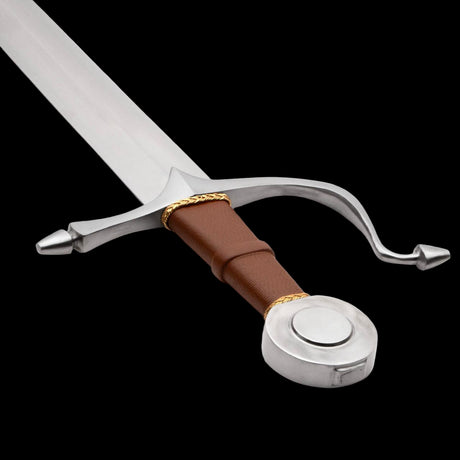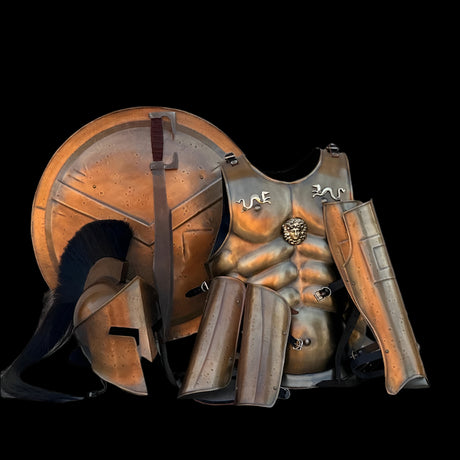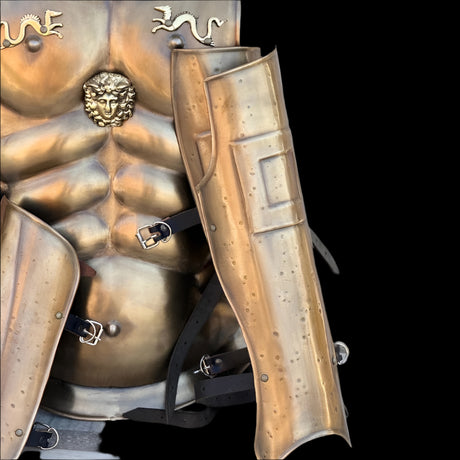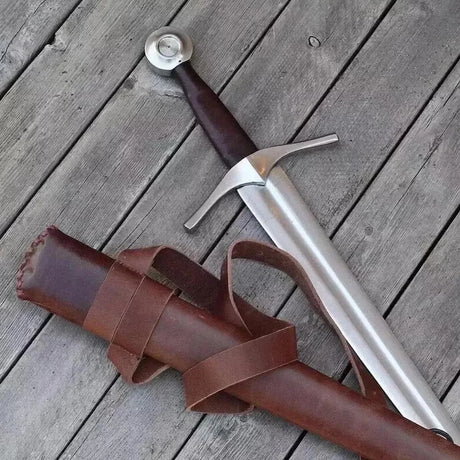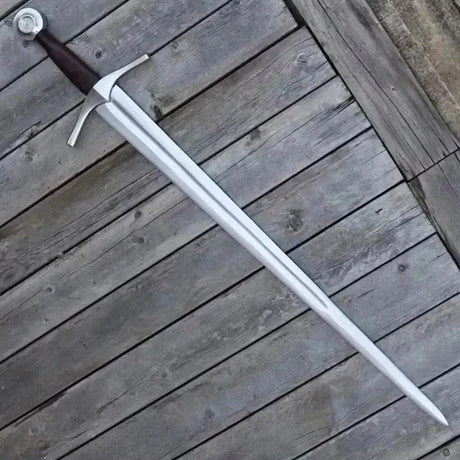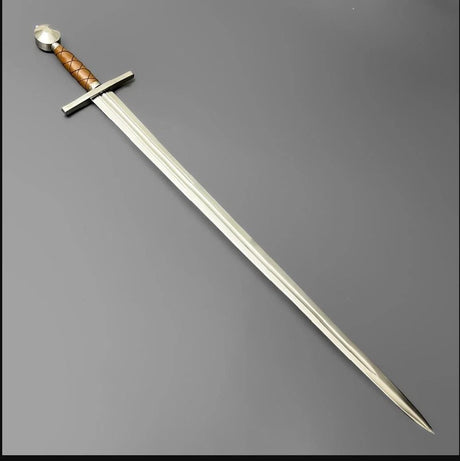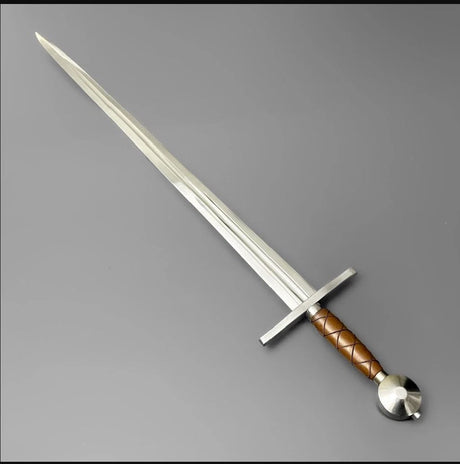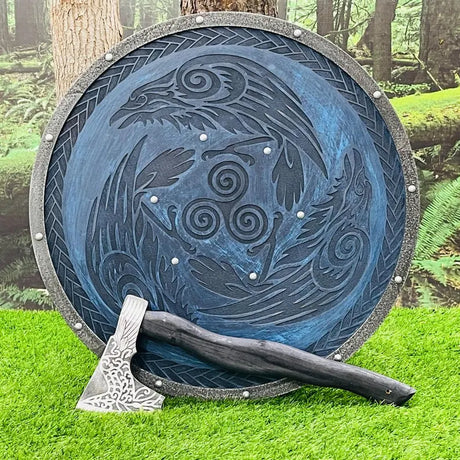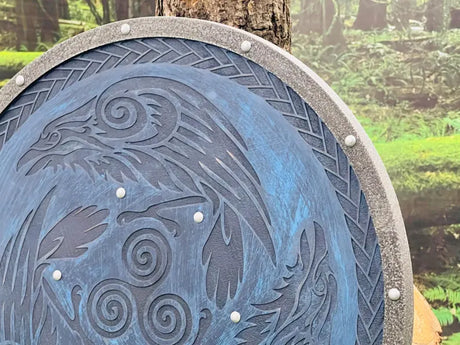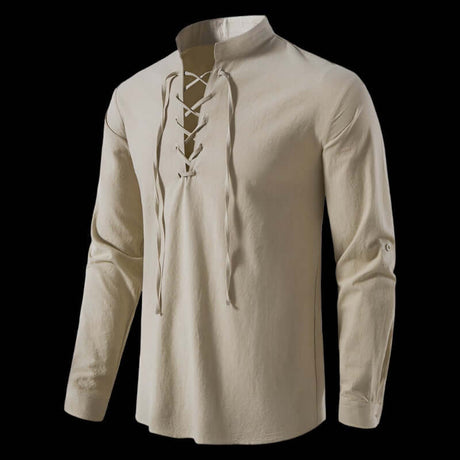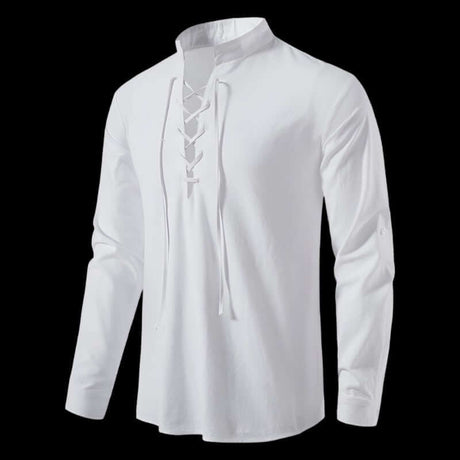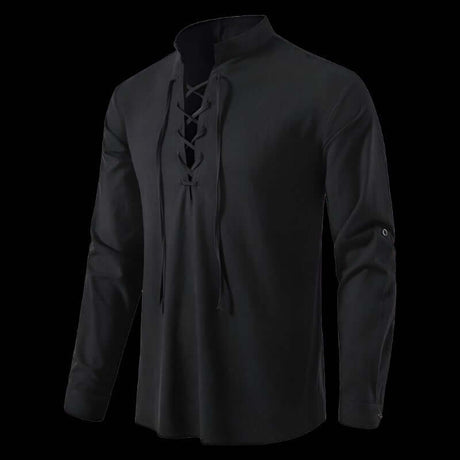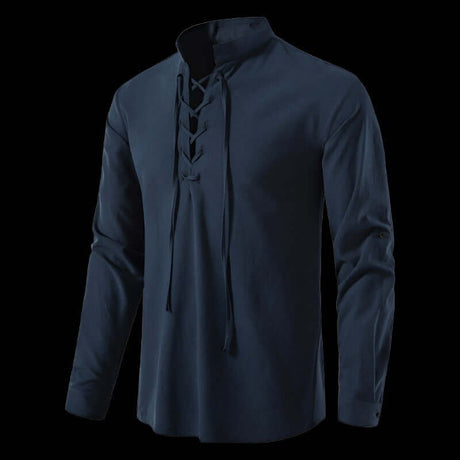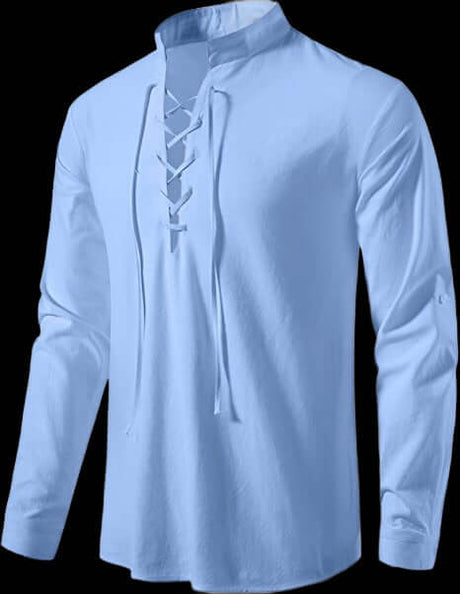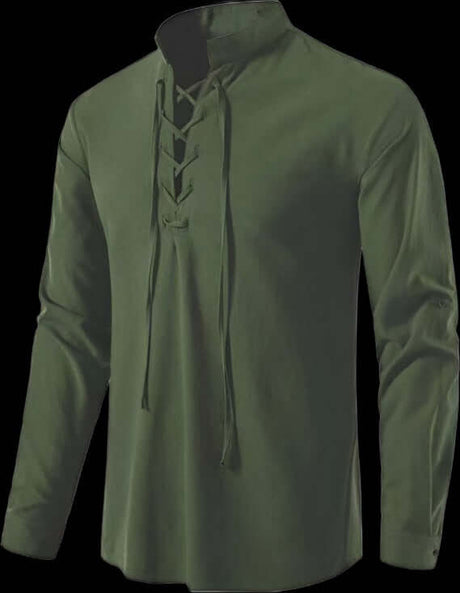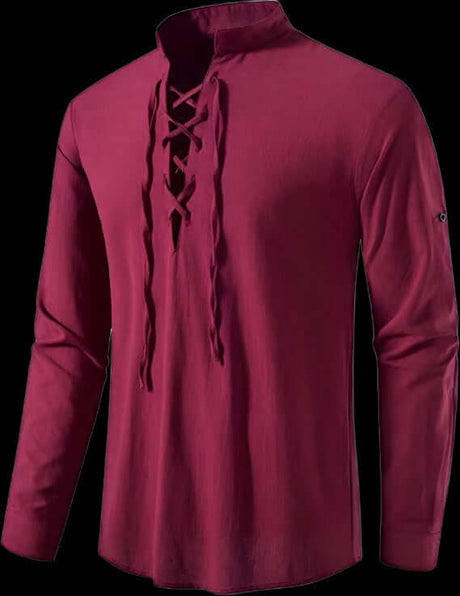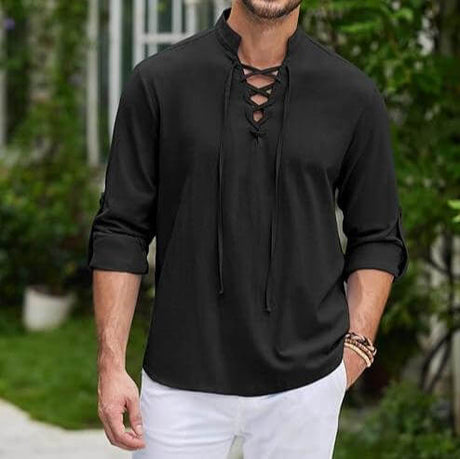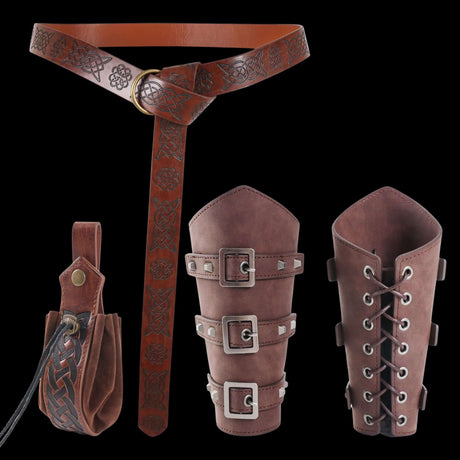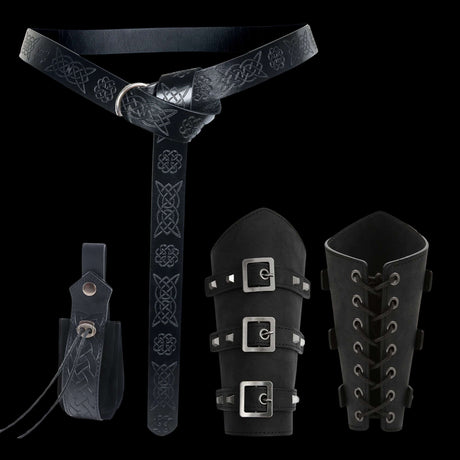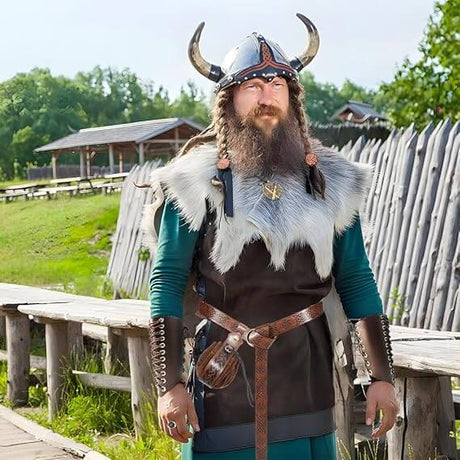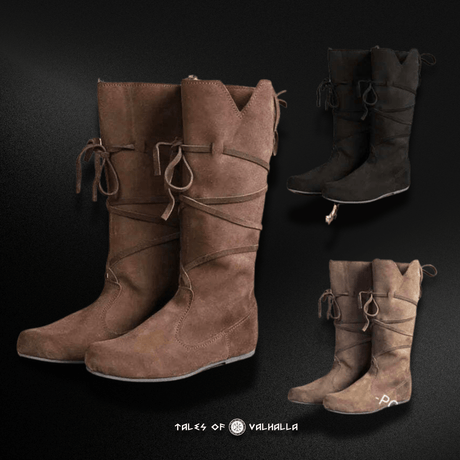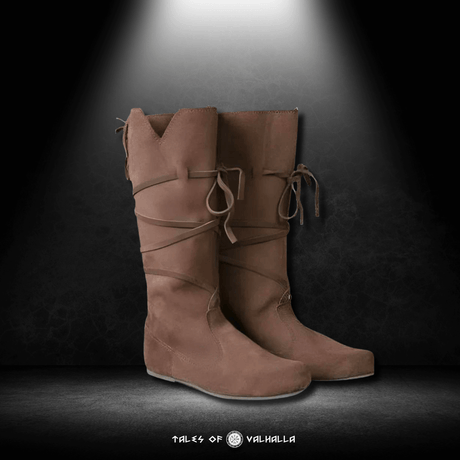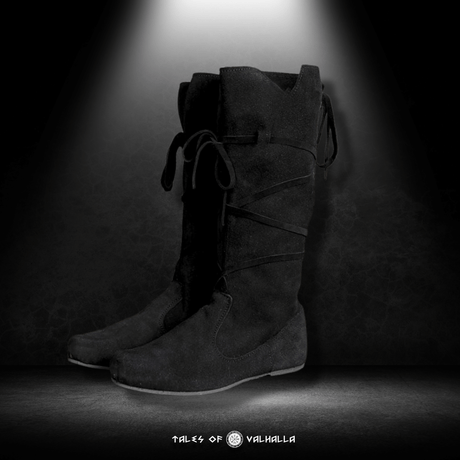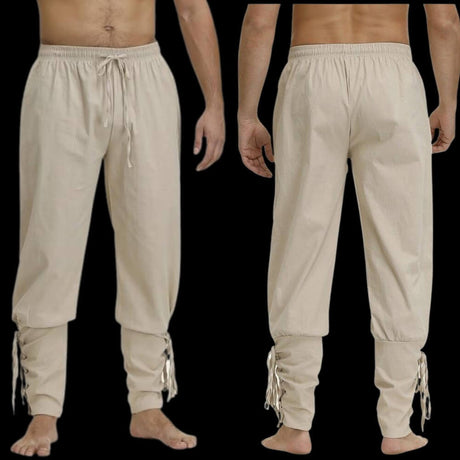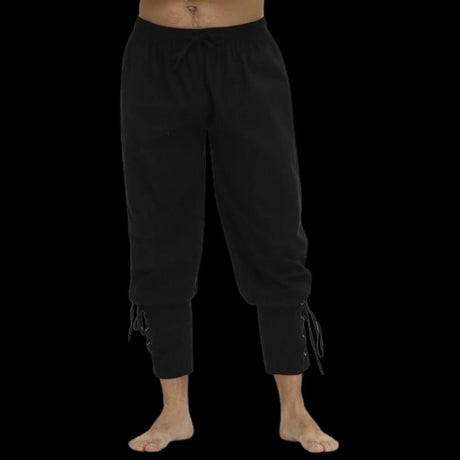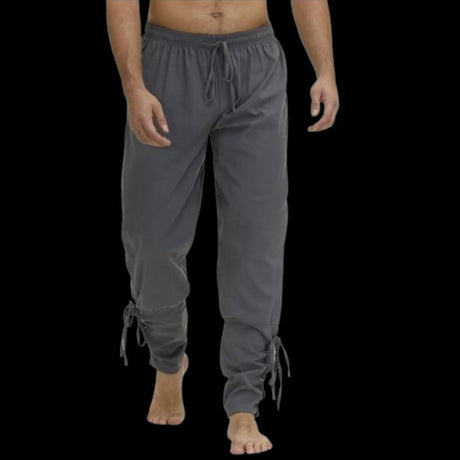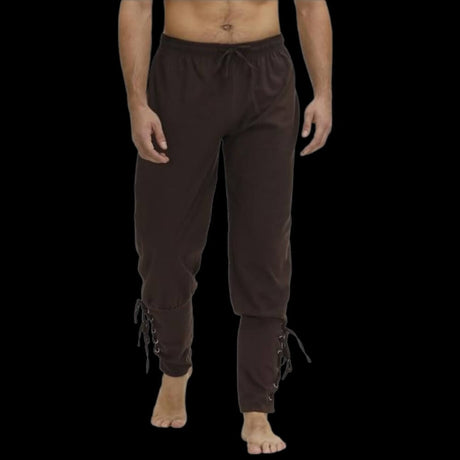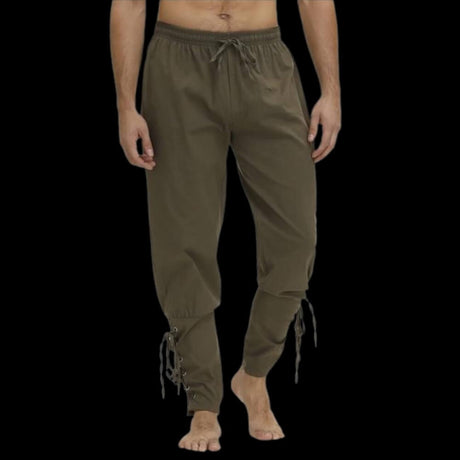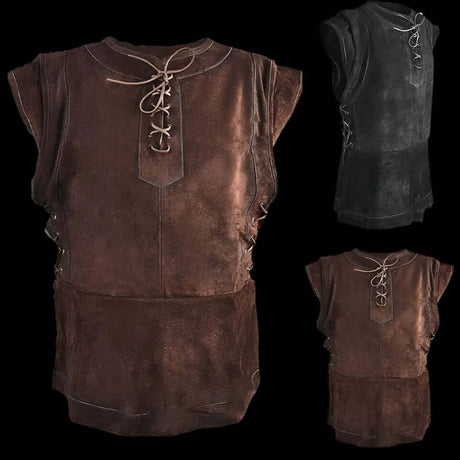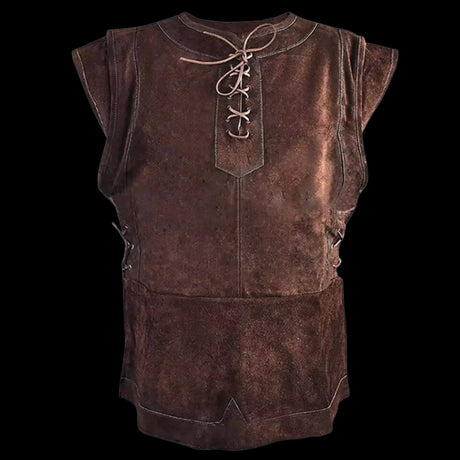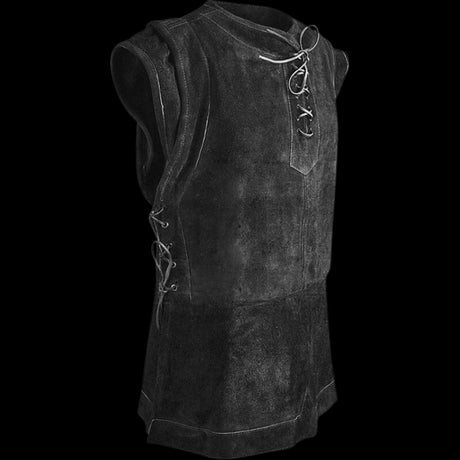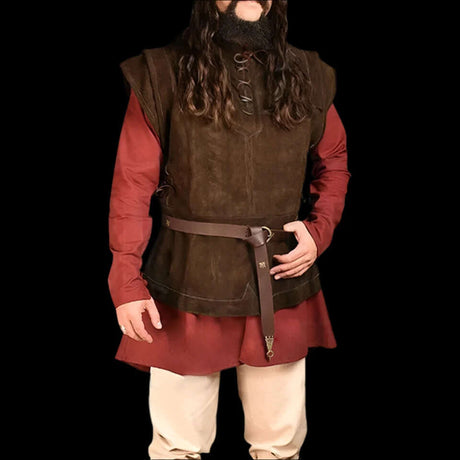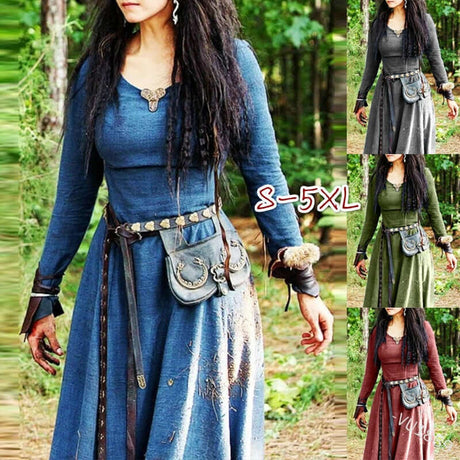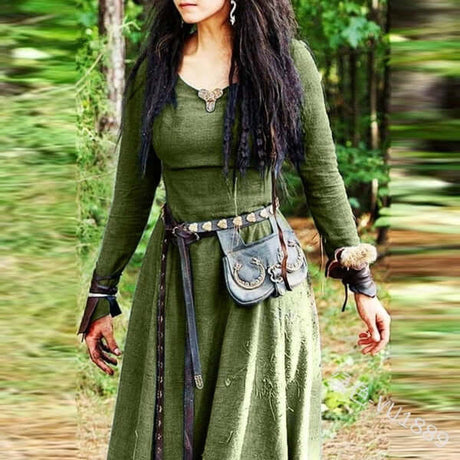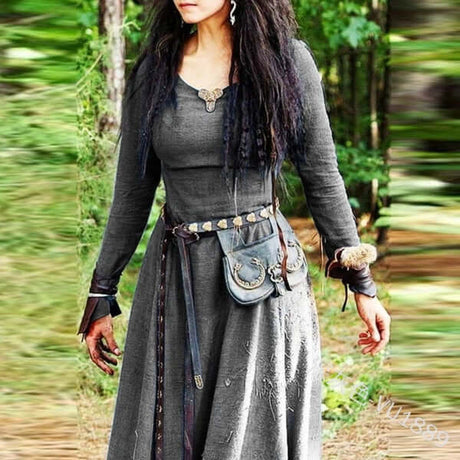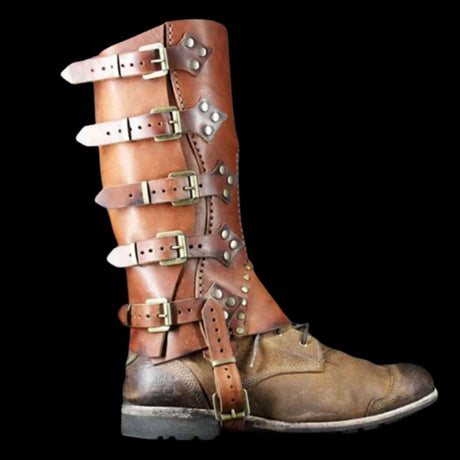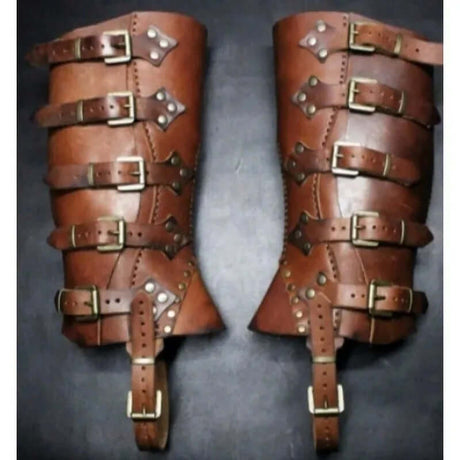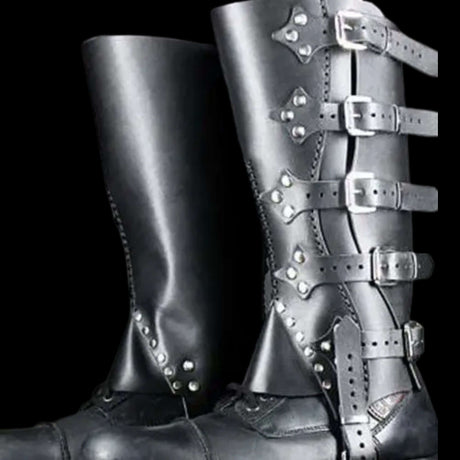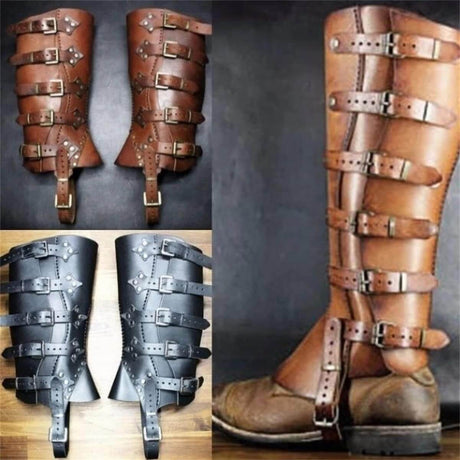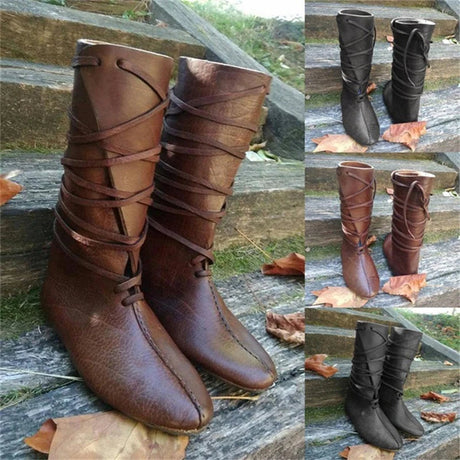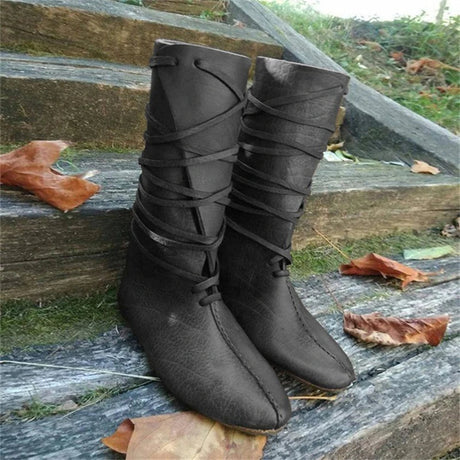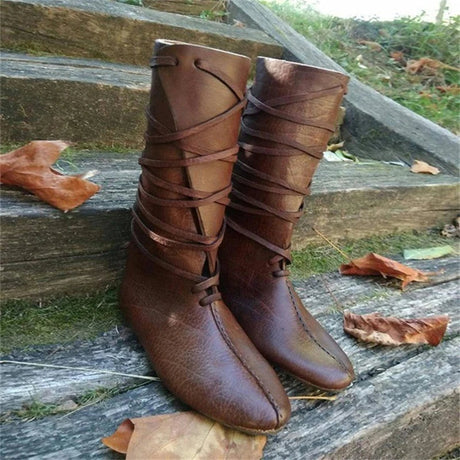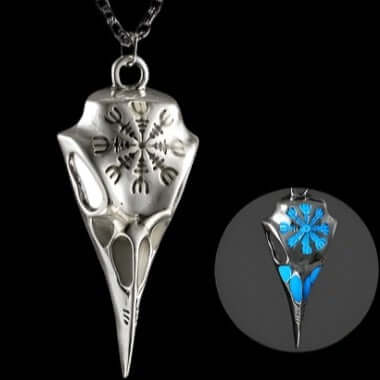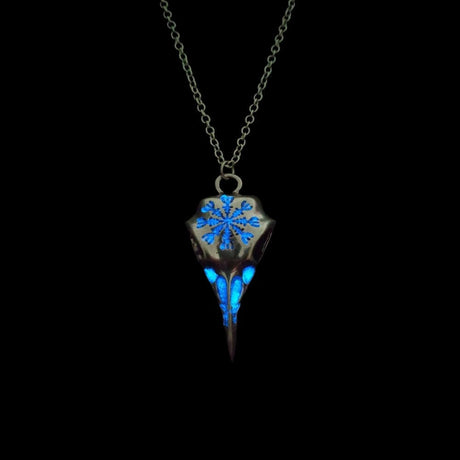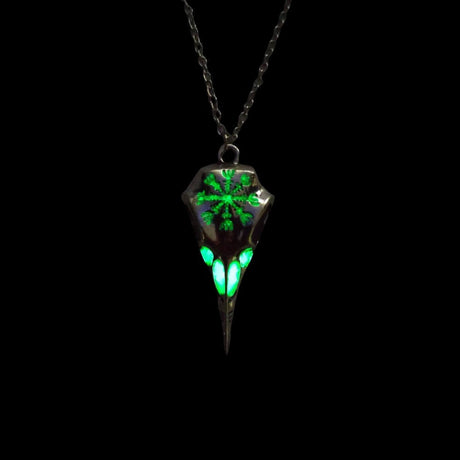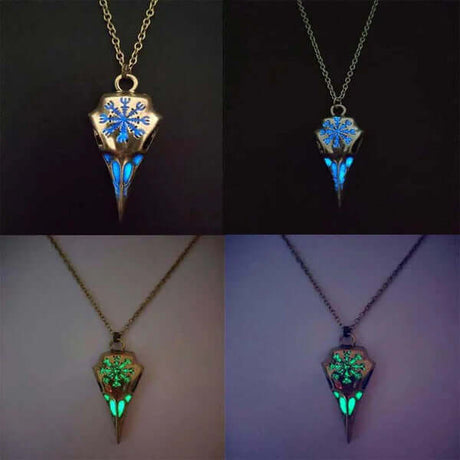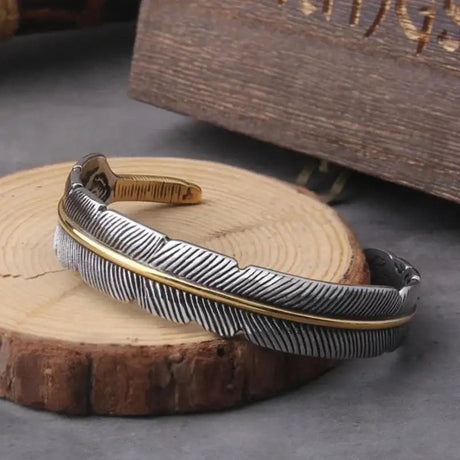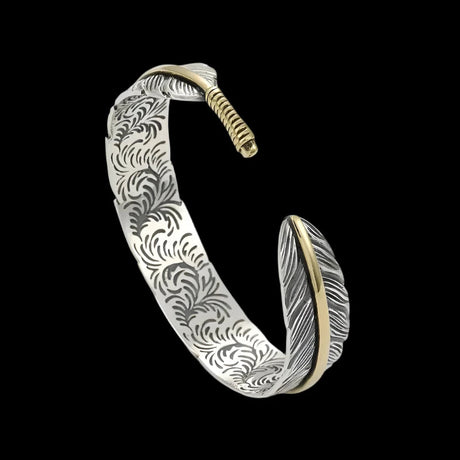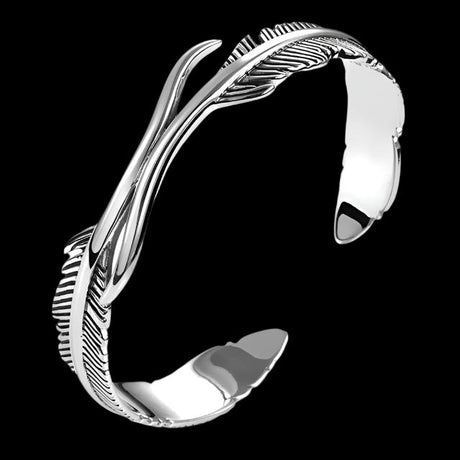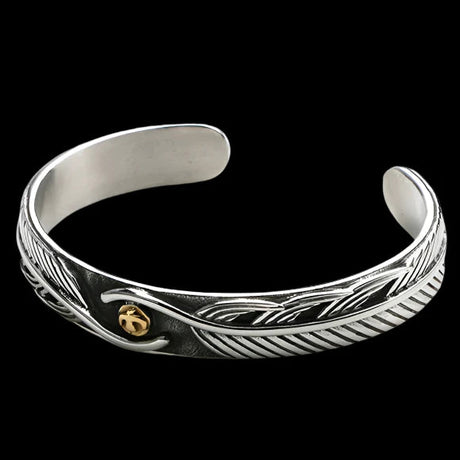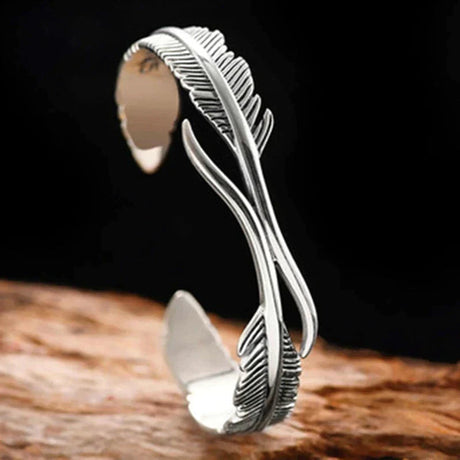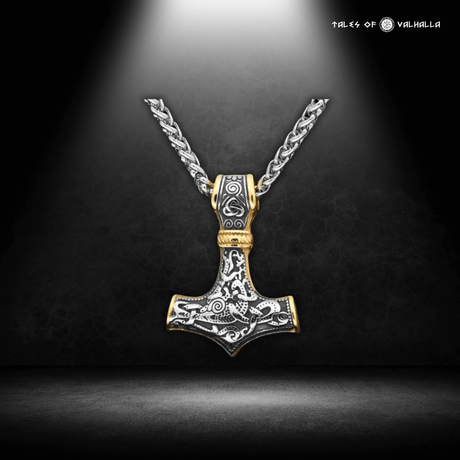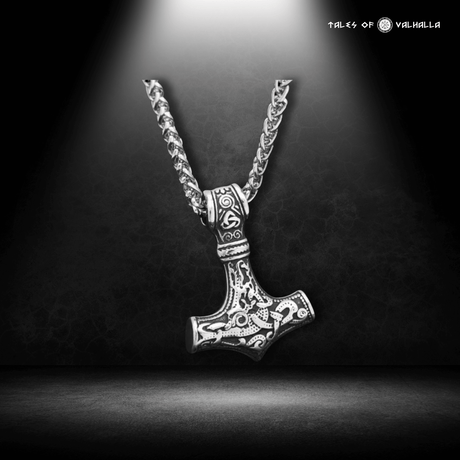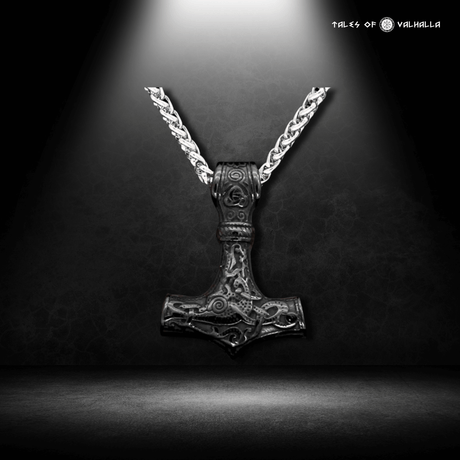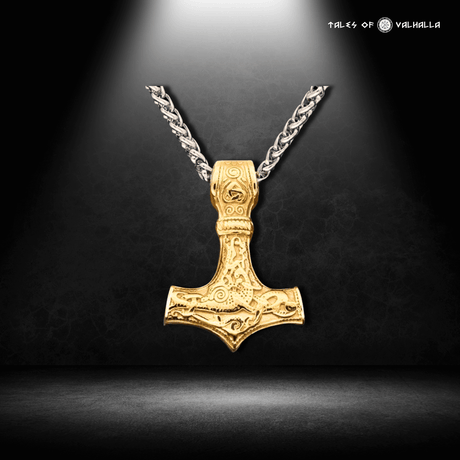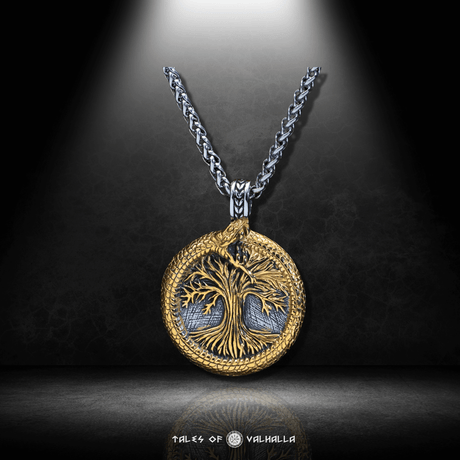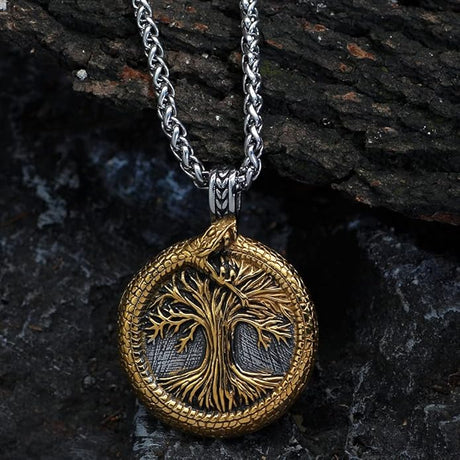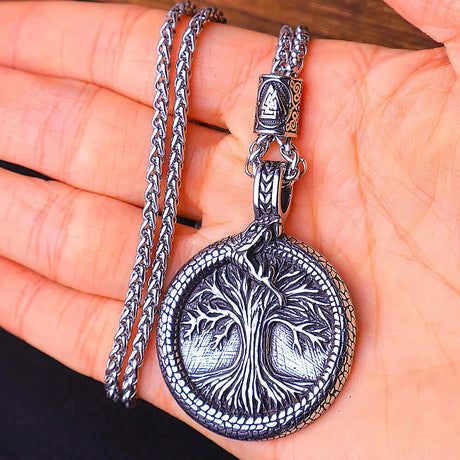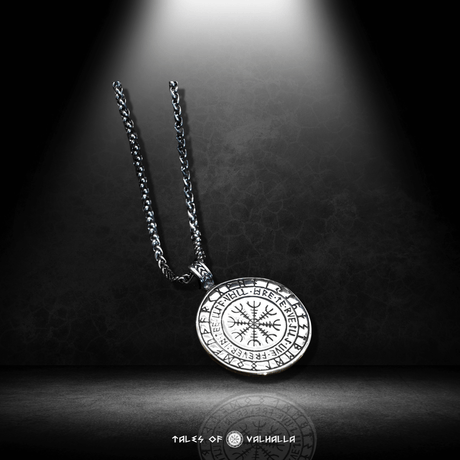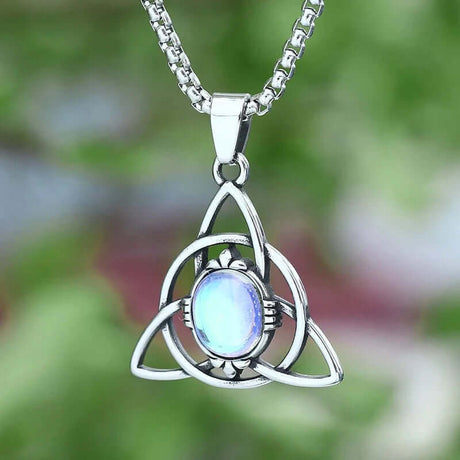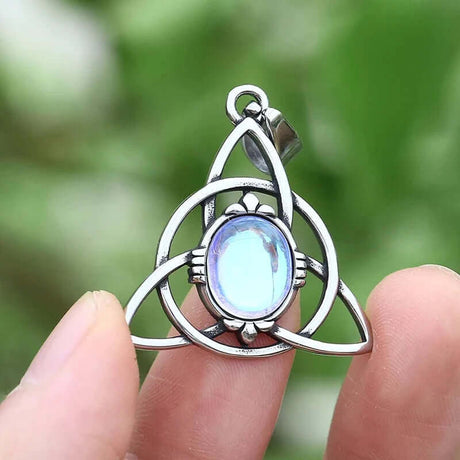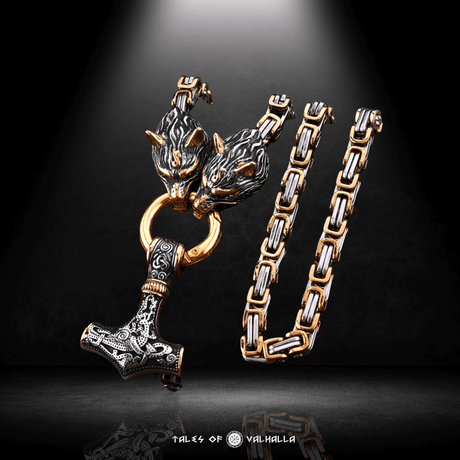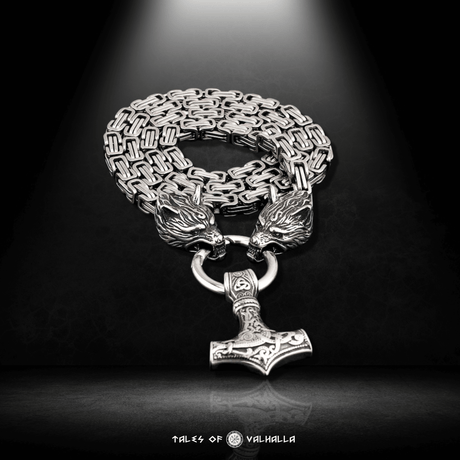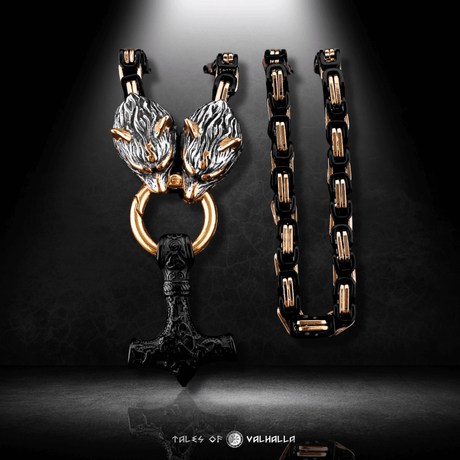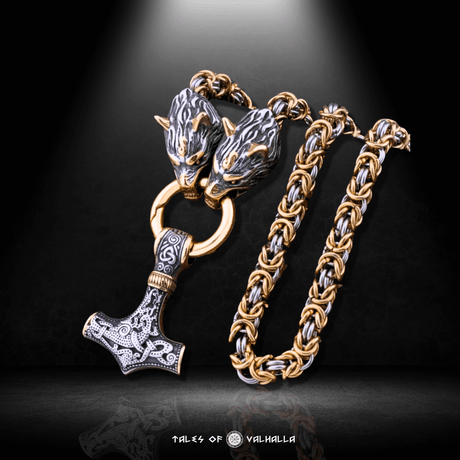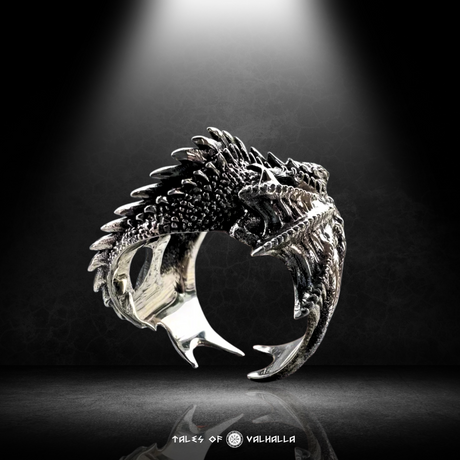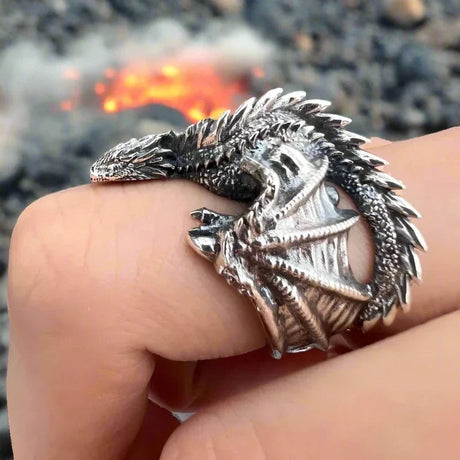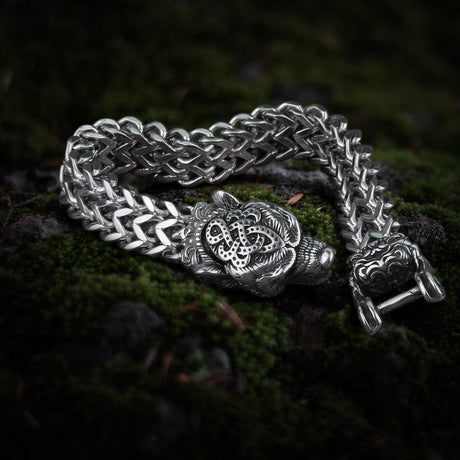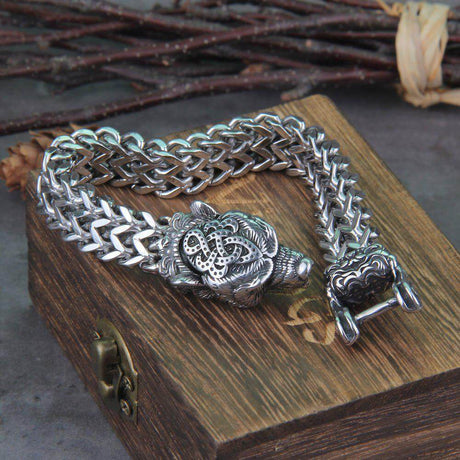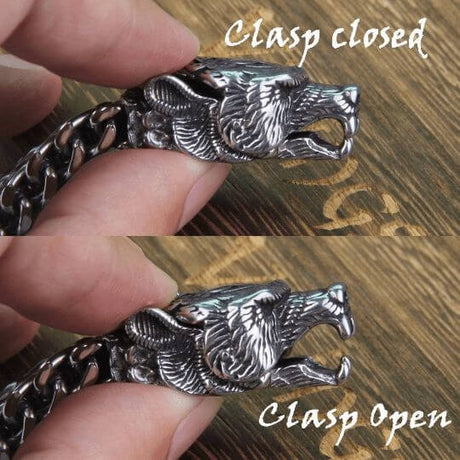In the cold and rugged terrain of Scandinavia, the Vikings thrived, navigating their lands with a keen sense of survival and community. Central to their lifestyle was their clothing—garments not just for protection but also a reflection of their identity, status, and craftsmanship. The Vikings, known for their resilience and practicality, created their attire from the natural resources available to them, blending form and function seamlessly. This blog will explore the various Viking clothing materials and fabrics, providing an engaging and detailed perspective for readers curious about historic Viking garments.
Understanding Viking Clothing Materials and Fabrics
When imagining the fierce Viking warriors of the past, it's easy to focus on their battle prowess, but their clothing also played an integral role in their daily lives. The Vikings lived in a harsh climate that demanded durable and warm clothing made from natural materials. What did Viking clothing materials and fabrics consist of, and how did they reflect the culture and status of their wearers?
From sheep's wool to linen made from flax, the Vikings were adept at utilizing what nature provided to craft clothing that offered warmth, protection, and even status signaling. Viking clothing materials and fabrics were not just a necessity but also a testament to the craftsmanship and ingenuity of these legendary people.
The Importance of Wool in Viking Clothing
Perhaps the most vital and ubiquitous material in Viking clothing was wool. Given the cold, often wet conditions of Scandinavia, wool was the perfect material for warmth and insulation. Viking garments made of wool were designed to trap heat, keeping the wearer warm even in freezing temperatures. The wool came from the sheep that the Vikings kept, and it was processed by hand, making it a labor-intensive endeavor. Yet, the investment was worth it, as wool garments were long-lasting and could withstand the rugged Viking lifestyle.
Wool's Natural Advantages
Wool, as a Viking clothing fabric, had many advantages that made it indispensable. First, its water-resistant qualities were crucial in the rainy, misty conditions of Scandinavia. Wool could repel water to a certain extent, keeping the wearer dry during long voyages at sea or outdoor activities. Additionally, wool retains its insulating properties even when wet, unlike many other fabrics, which is why Viking wool cloaks were an essential part of every Norse wardrobe.
The garments were often thickly woven, providing added warmth, and the fibers naturally trapped air, creating an insulating layer around the body. Viking clothing material was thus both practical and functional, allowing them to survive—and thrive—in cold climates.
Crafting Wool Garments
Spinning wool into yarn was a time-consuming process often undertaken by Viking women. They would shear the sheep, clean the wool, and then spin it into yarn, which could be woven into cloth. Viking garment production was a communal task, often passed down through generations. They utilized a vertical loom, an ancient tool that enabled them to create large, durable fabrics for cloaks, tunics, and other essential clothing pieces.
Wool was dyed using natural materials like plants and minerals to create vibrant colors, adding an aesthetic element to Viking clothing that signified social status or tribe affiliation.
 Crafting Wool Garments
Crafting Wool Garments
The Use of Linen in Viking Clothing
Linen was another popular material in Viking clothing, used primarily for undergarments, tunics, and lighter garments. Linen came from the flax plant, which was grown, harvested, and woven into fabric by hand. While wool was favored for its warmth, linen was valued for its lightweight and breathable qualities, making it ideal for Viking clothing worn in warmer weather or indoors.
Linen’s Cooling Properties
Linen's ability to keep the body cool was particularly appreciated during physical activity or in the summer months when the Vikings engaged in farming, trade, and other outdoor tasks. Viking tunics, a common piece of everyday wear, were often made of linen. These tunics were worn by both men and women, demonstrating the versatility of Viking clothing fabrics.
While linen lacked the insulating properties of wool, it was much more comfortable for layering, enabling the Vikings to adjust their clothing according to the weather. Viking linen garments were often worn beneath woolen cloaks, providing a balance of warmth and comfort.
Crafting Linen Garments
Flax fibers were laborious to process, and linen production required considerable time and skill. The flax plants were harvested, soaked in water to soften the fibers, and then spun into thread. The thread was woven into linen using a loom. As with wool, linen fabric was often dyed using natural substances, creating garments in earthy tones of browns, greens, and blues, colors that blended well with the Viking natural surroundings.
- See more: Viking Man Costume and Clothing
Fur and Leather in Viking Garments
Vikings were also known for incorporating fur and leather into their clothing, particularly in colder climates. Fur-lined cloaks, boots, and hats were not uncommon, providing additional insulation against the Scandinavian winters.
The Practicality of Fur
Viking fur garments were primarily crafted from animals like foxes, bears, and deer. The furs would be carefully tanned and treated to preserve the soft underlayer, which provided warmth and comfort. Viking fur cloaks were worn during colder months, often on long voyages where the cold winds at sea could be unbearable without additional protection.
Leather for Durability
Leather was another common material in Viking clothing, used primarily for footwear, belts, and protective gear. Viking leather boots were sturdy, waterproof, and durable, ideal for traversing the often harsh terrains of Scandinavia. Vikings also wore leather belts to secure their tunics and for carrying tools, weapons, or other necessities.
Viking Accessories: Belts, Brooches, and Jewelry
While the Vikings were practical in their clothing choices, they also valued ornamentation. Viking clothing was often fastened with intricate brooches, pins, and belts. These accessories, made from metal, bone, or wood, were not only functional but also a reflection of the wearer's wealth and status.
 Viking Accessories: Belts, Brooches, and Jewelry
Viking Accessories: Belts, Brooches, and Jewelry
The Significance of Jewelry
Jewelry was a significant aspect of Viking culture. Both men and women wore brooches to fasten their cloaks or tunics, with wealthier individuals owning intricately designed brooches made from silver or gold. Simple pins or bone fasteners were more common among lower-status individuals. Viking clothing materials and fabrics were elevated by these accessories, which added a personal touch to each outfit.
Viking Clothing and Status
Clothing was more than just functional for the Vikings—it was a clear indicator of social status. The wealthier Vikings could afford finer, more luxurious fabrics, while lower-class individuals had simpler garments. Viking clothing materials and fabrics, therefore, became a visual representation of one's place in society.
Wool and Linen for the Elite
While wool was worn by everyone, the quality of the wool and the craftsmanship of the garments varied. Wealthier Vikings had access to softer, more finely spun wool, which was dyed with expensive, imported materials. Linen, too, was a symbol of status, as the time and effort required to produce fine linen meant that it was often reserved for wealthier individuals.
Simpler Fabrics for Common Folk
The lower classes, including farmers and fishermen, wore simpler woolen garments, often undyed and rougher in texture. Their clothing was practical and functional, meant for working the land or surviving the long winters rather than showcasing wealth or status. However, even the poorest Vikings took pride in their appearance, ensuring their clothes were well-maintained and repaired.
The Evolution of Viking Clothing Over Time
As the Viking Age progressed, their interactions with other cultures through trade and conquest began to influence their clothing. The Vikings were exposed to new fabrics, such as silk, which was highly prized and only accessible to the wealthiest. The materials and fabrics used in Viking clothing thus evolved, incorporating more diverse influences and showcasing the Vikings' growing connections with the world.
Influence from the East
Trade with the East introduced the Vikings to luxurious silks and fine linens, which became highly coveted items for the Viking elite. These fabrics were often used in smaller quantities, such as for trimming or lining garments, but they added a layer of extravagance to Viking attire.
Conclusion
Viking clothing, made from natural resources like wool, linen, fur, and leather, reflected their resourcefulness and practicality. From simple woolen tunics to fur-lined cloaks with silver brooches, these garments showcased the Vikings' ingenuity and adaptability. More than just protection from the elements, Viking clothing was deeply connected to their culture and social structure. At Tales of Valhalla, we honor this tradition by offering authentic Viking-inspired apparel, allowing you to embrace the spirit of the Vikings with both style and substance.










